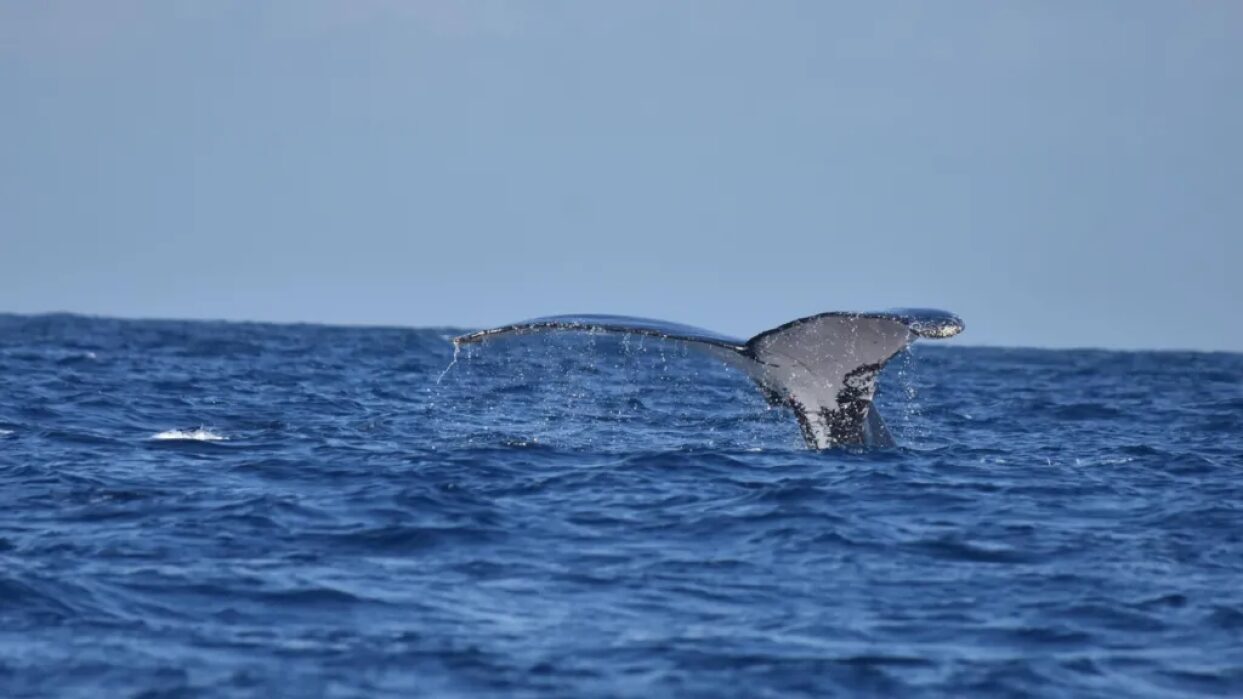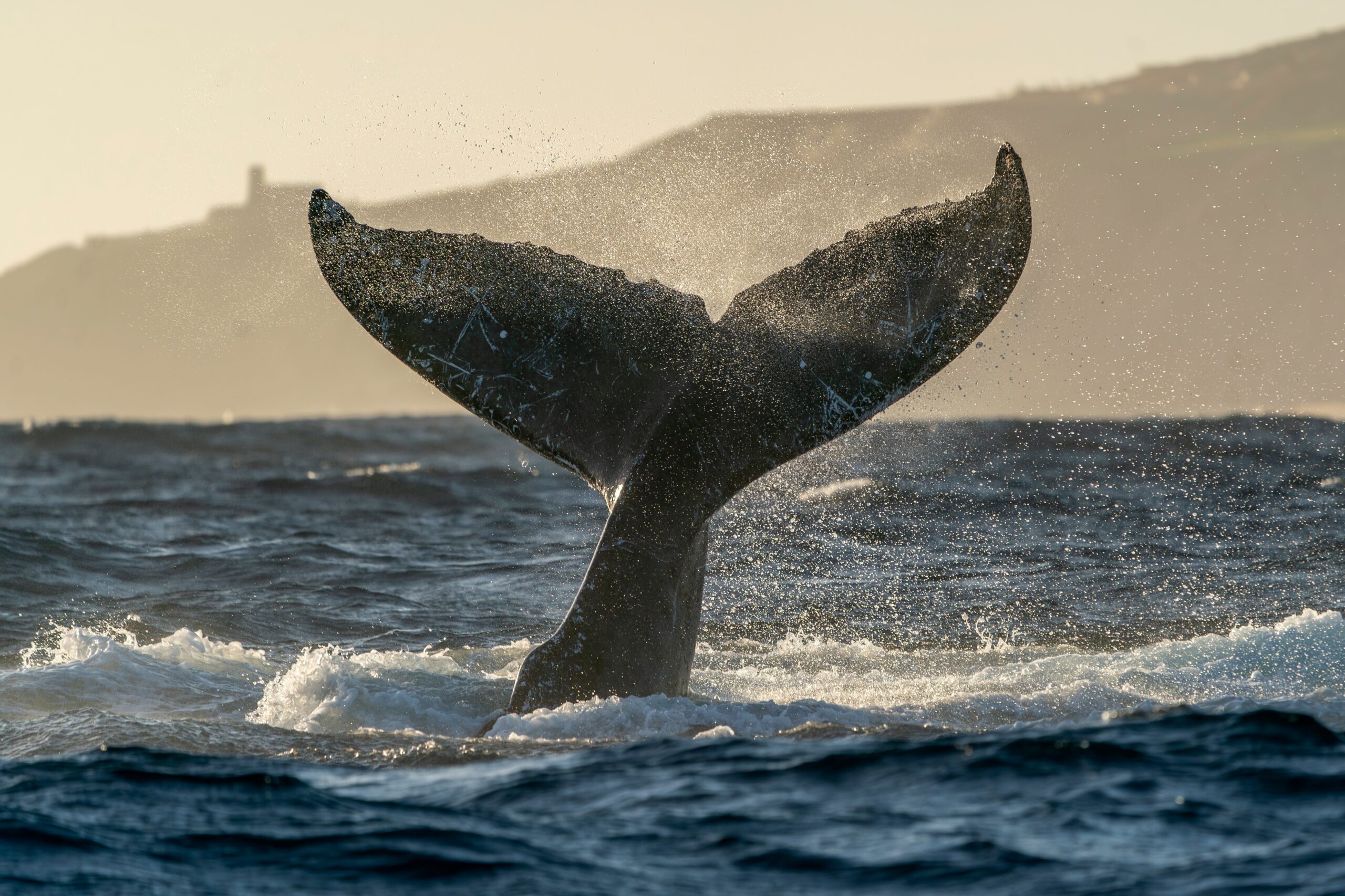Humpback whales live in all the world’s oceans, from the Arctic to the tropics to the Antarctic, and many of them make annual migrations between 3,000 and 8,000km. But one individual has gone on a record-breaking tear from one side of the world to the other.
Humpbacks typically migrate in fixed, roughly vertical patterns. Northern populations move from the Arctic in the summer to the Caribbean, for example, while southern populations swim from the Antarctic to the equator. Not all humpbacks migrate. Arabian Sea populations are homebodies and don’t move much.
Humpback migrations are fairly consistent; different populations don’t mix much. This has changed in recent years, however. A mature male humpback has just traveled over 13,000km between usually separate populations.

The male appeared again in 2022 off Zanzibar. Photo: Ekaterina Kalashnikova
Happywhale
In 2013, a male humpback was spotted in the Gulf of Tribugá in the Pacific Ocean off Columbia. Then, in 2017, he was sighted again, less than 80km away. Both times, he was traveling with other whales. Individual whales are often identified by their fluke patterns, which are as distinct as fingerprints.
In August of 2022, Ekaterina Kalashnikova, a marine biologist with the Bazaruto Center for Scientific Studies, saw the same whale in the Zanzibar Channel. This Indian Ocean waterway lies over 13,000km from his last known location.
She posted the sighting to Happywhale, a site that identifies individual whales based on user-submitted photos and then tracks their movements. In this case, the whale was identified based on a distinctive “lack of a hemispherical lobe near the genital slit.” He was once again traveling with a group of fellow whales.

Three images of the humpback whale’s tail from three sightings, compared. Photo: Ekaterina Kalashnikova et al.
A horizontal marathon
Researchers don’t know what route the male took, and he likely followed an indirect path. He may have gone much further than 13,000km during the five years between appearances.
The horizontal distance this whale covered is particularly unusual. He had gone 120 degrees of longitude from northwestern South America to southeastern Africa. He had also gone from the eastern Pacific breeding stock to the southwest Indian Ocean stock, which researchers had never seen happen before.
And he had done it as an adult. Previous research has indicated that changes in migration patterns occur mainly in young males. But this individual had already been sexually mature when he was first seen in 2013. By the time of his journey, between 2017 and 2022, he was well into adulthood, and his range should have already been established.

The Happywhale entry for the 2022 sighting, showing the distance between the two sightings. Photo: Screenshot
Expanding range?
What drove this male humpback to make such an incredible journey? It’s possible that he was compelled to search for a mate. But climate change could provide another answer.
A changing climate has been affecting the distribution of krill populations in the Southern Ocean. This might drive an enterprising whale to alter its feeding behavior and seek out new grounds.
But this could also be a result of recovery. Centuries of whaling devastated humpback whale populations, but conservation efforts have prompted an impressive increase. Their range has expanded, too, with populations moving into the Bering Sea and the Mediterranean. Higher populations mean more competition, forcing some individuals to travel greater distances for food and mates.
Modern tracking technology, and efforts like those of Happywhale, make it much easier to track whale populations and their movements. So although this whale’s journey halfway around the world is mysterious now, future research will allow scientists to better understand what drove him to travel so far and how common these marathon pilgrimages really are.
While unnamed, the male has been given the identification number HW-MN1300828. Using this number, users on Happywhale can continue to track him in the years to come.






